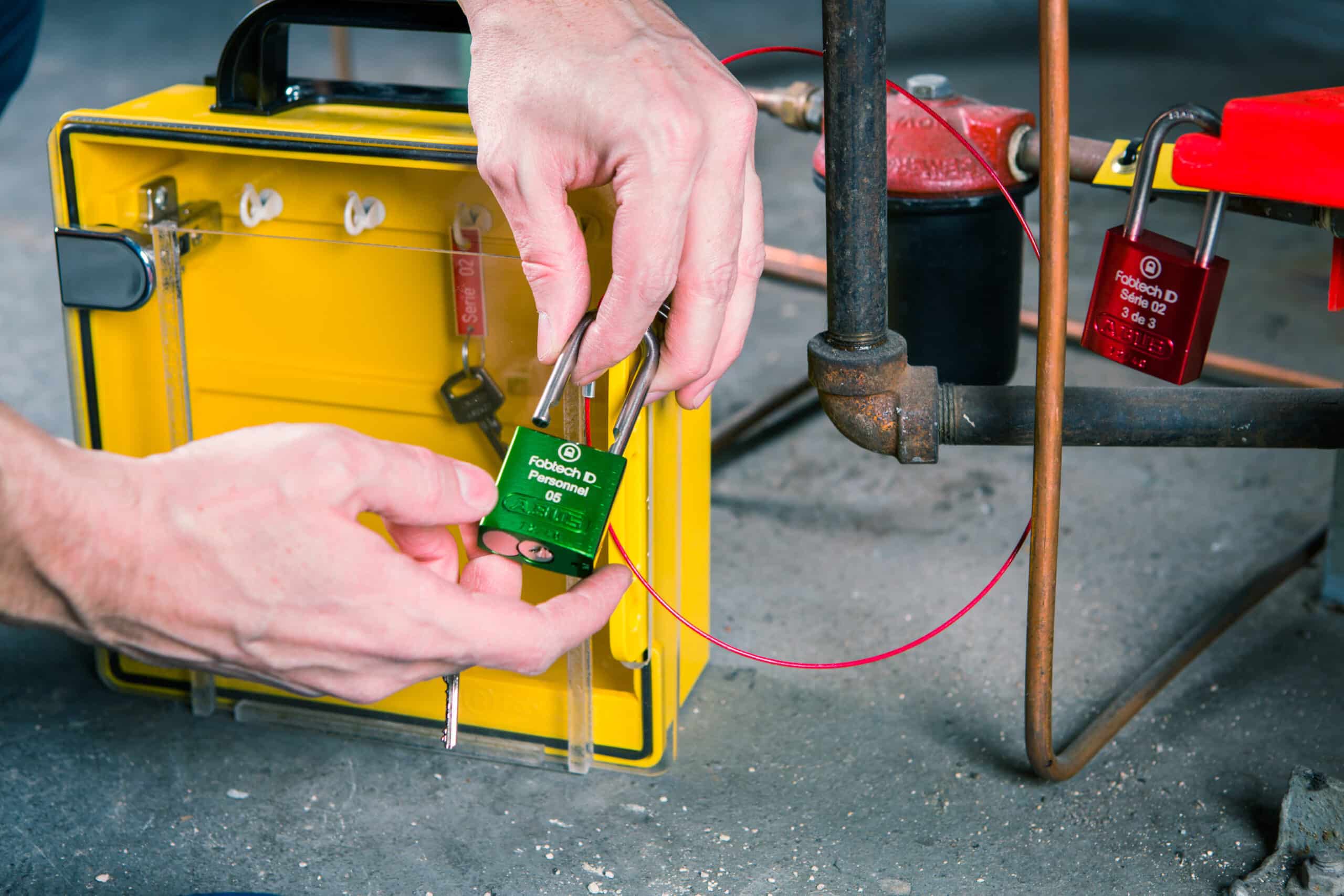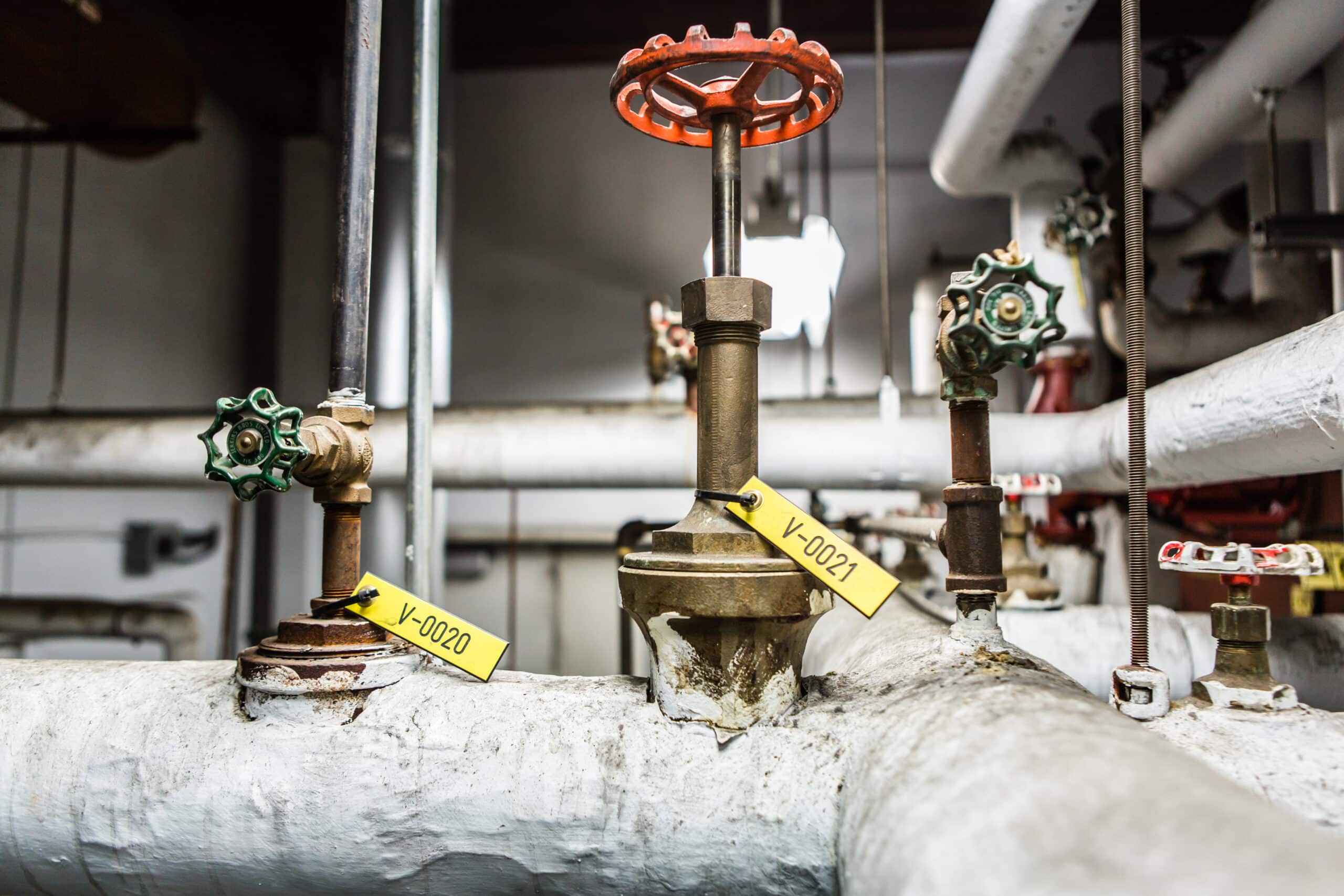LOTO | Different Types of Locks for Different Purposes

Lockout/Tagout – Inspections
9 August 2022
You’ve completed most, if not all, of your LOTO procedures, and you’ve started to use them. You’ve worked out the roles and responsibilities of those involved. Now it’s time to move into the phase of maintaining them. A big part of that is making sure that your employees are using those procedures correctly and regularly. To do that, you use inspections and audits of the people performing the lockouts.
Carry out these inspections on a regular basis. Lockout/Tagout was so crucial to your company that they created a complete program for it, assigning roles and responsibilities. If you’re not policing it, that initial investment can become worthless in no time at all. If a big problem is developing, regular inspections can find it quickly.
Although the statistical approach is guaranteed to deliver significant results, the problem we are facing is that for most facilities, the total number of LOTO performed in a single year is relatively low, statistically speaking. Generally, the smaller the population, the higher the percentage of the population you must sample to get relevant results. Here’s an example for a facility that performs 5 lockouts-tagouts every single day to illustrate the point:
If any of the parameters defined in our assumptions change, for example your mean compliance level goes down or you would rather be 99% confident in the results you are getting, it will affect the total number of inspections you need to perform.
The important point to remember here is that the total number of inspections you will have to perform will mostly depend on the granularity and accuracy of the results you want. If you want highly accurate results per departments per week, expect to have to inspect a high percentage of the jobs.
If you see the level of compliance goes down, of course, you’re going to start doing corrective and preventive measures to try and bring this number back up. But at the same time, you might want to increase the number of inspections just to make sure that this drop is really at the level it appears to be and not something steeper. Increase your confidence level.
If you’re doing five LOTOs a month, can you tolerate something going wrong for two months, three months, or more? If you can’t accept anything going wrong for more than a month, then inspect one in every 5 LOTOs.
This is a great tool to help you come up with a starting point for your inspection frequency. The longer you can tolerate a problem going on, the less frequent you need to perform inspections. Just keep an eye on things and adjust the inspection frequency as required.
If you’re inspecting at a frequency that is too low, you might miss important information that could signal significant problems ahead. You’re not getting an accurate picture of what’s going on because you don’t have enough data.
You’re always working towards finding that sweet spot of performing enough inspections to discover any issues promptly, but not so many that you bog down employees with too much unnecessary work. If the lockout/tagout procedures are going well without any problems, you would inspect less. But if some issues arise, you just automatically start inspecting more to find the cause.
Let’s say a company does one hundred lockout/tagouts a day, spread across ten departments. That’s ten lockouts a day per department. If you say you can tolerate something going wrong for a week, that means that you’re going to check one in every 50 lockouts per department.
That means that every week you’re going to conduct ten inspections, one per department.
If you ask a supervisor to check one lockout/tagout every week, it’s not too much of a job for him. If you ask a health and safety person to check ten lockout/tagouts a week, that becomes more burdensome. If you ask a manager of all ten departments to check a hundred lockout/tagouts a week, that gets overwhelming. The higher you move into that hierarchy, the harder it gets to keep track.
If you bring this back to the lowest level possible, each person has fewer inspections to do, and they’re more spaced out. Plus, you’re getting the benefit of having a clearer picture.
Inspections are a cornerstone of your lockout/tagout procedures. If you get this wrong, everything else will be wrong. You might have the best procedures in town, but if they aren’t used correctly or at all, they won’t be worth anything. It’s an ongoing balancing act to perform the right frequency of inspections so that you get a clear picture of how the procedures are being conducted without bogging down your employees.
For more information on our solution, please visit: conformit.com/solutions/lockout-tagout/